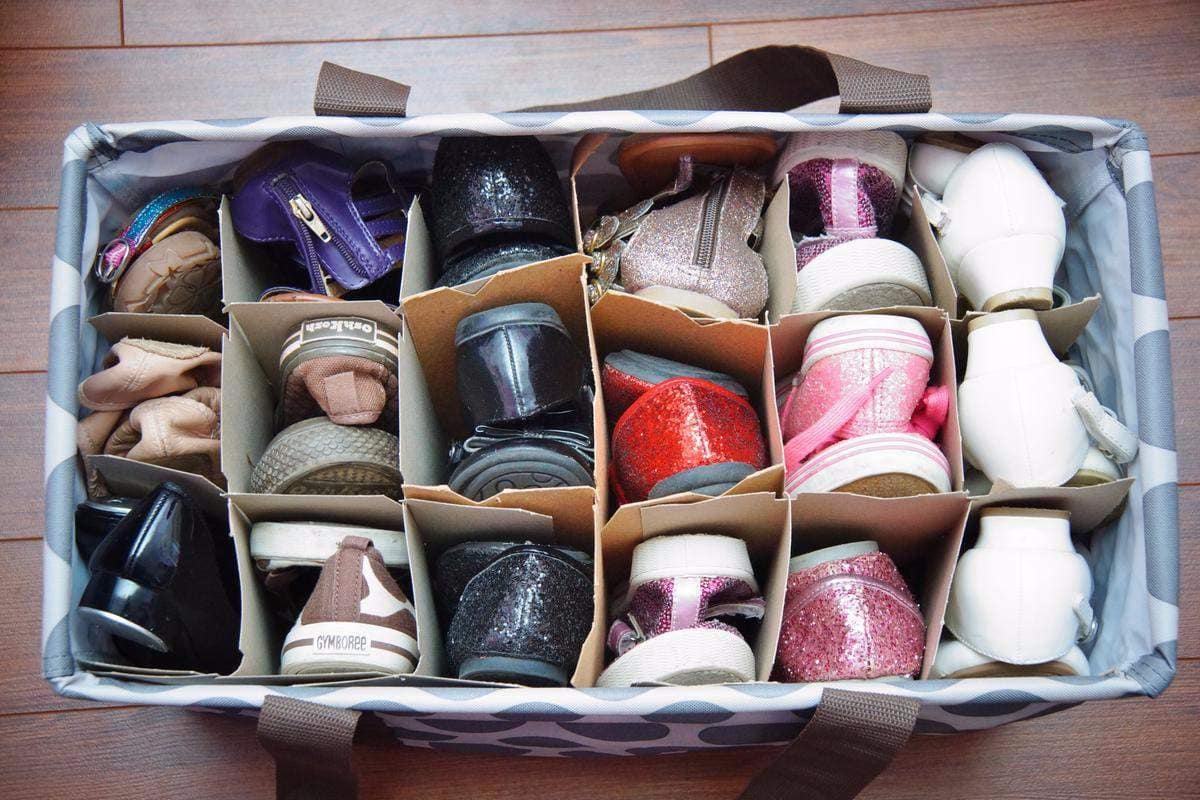

Articles
How To Store Toddler Shoes
Modified: September 2, 2024
Discover the best tips and tricks for storing toddler shoes in this informative and practical articles. Keep your little one's footwear organized and protected with our expert advice.
(Many of the links in this article redirect to a specific reviewed product. Your purchase of these products through affiliate links helps to generate commission for Storables.com, at no extra cost. Learn more)
Introduction
As a parent, you know how quickly toddlers can accumulate a collection of shoes. From tiny sneakers to adorable sandals, it’s important to have a proper storage solution to keep your little one’s shoes organized and well-maintained. Not only does this help you keep track of their shoes, but it also saves you time and effort when getting your toddler ready for the day.
In this article, we will guide you through a step-by-step process on how to store toddler shoes effectively. We will provide you with tips and tricks to ensure that your storage solution is not only practical but also visually appealing. So, let’s dive in and discover the best ways to keep those tiny shoes neat and tidy!
Key Takeaways:
- Keep your toddler’s shoes organized and well-maintained by choosing the right storage solution, cleaning and preparing the shoes, and organizing them by category. Utilize space-saving techniques and maintain the shoe inventory for an efficient and practical shoe storage system.
- Ensure your toddler’s shoes are always accessible and in good condition by implementing tips for on-the-go storage. Regularly maintain and rotate the shoe inventory to keep up with your growing child’s needs and ensure a well-organized collection.
Read more: How To Store Thigh High Boots
Step 1: Choosing the Right Storage Solution
The first step in storing toddler shoes is selecting an appropriate storage solution. There are various options available, depending on your preferences and space constraints. Here are a few ideas to consider:
- Shoe Cubbies: Shoe cubbies are an excellent option for keeping toddler shoes organized. These cubbies come in different sizes, materials, and designs. Look for a cubby with compartments that will accommodate the size of your toddler’s shoes. Additionally, opt for a cubby with a sturdy construction to withstand the wear and tear from active little feet.
- Clear Plastic Bins: Transparent plastic bins are a practical choice for shoe storage. They allow you to easily see the shoes inside without having to open each bin. Label the bins with categories like “sneakers,” “sandals,” or “dress shoes” for quick identification. Stack the bins neatly in a closet or under the bed for convenient access.
- Over-the-Door Shoe Organizer: If space is limited, an over-the-door shoe organizer can be a lifesaver. These organizers have pockets or compartments that can hold multiple pairs of shoes. Hang the organizer on the back of a closet or bedroom door to maximize vertical storage space.
- Shoe Rack: A shoe rack with multiple tiers is another fantastic option. Choose a rack with adjustable shelves or one specifically designed for children’s shoes. This type of storage solution not only keeps shoes organized but also provides easy access to each pair.
- Basket or Decorative Box: If you prefer a more aesthetically pleasing storage solution, consider using a decorative basket or box. Look for one that complements the room’s decor and has enough space to hold your toddler’s shoe collection. Not only will this keep the shoes organized, but it will also add a stylish touch to the room.
When choosing a storage solution, keep in mind the number of shoes you need to store, the available space, and the overall functionality you desire. Additionally, consider the durability of the storage solution as toddler shoes can take a beating. With the right storage solution in place, you can move on to the next step: cleaning and preparing the shoes.
Step 2: Cleaning and Preparing the Shoes
Before storing your toddler’s shoes, it’s important to clean and prepare them properly. Not only does this help maintain the shoes’ condition, but it also ensures that any dirt or bacteria carried on the shoes doesn’t transfer to other pairs. Follow these steps to clean and prepare the shoes:
- Remove Dirt and Debris: Start by removing any visible dirt or debris from the shoes. Use a soft brush or cloth to gently brush off any loose dirt. For stubborn stains, create a mixture of mild soap and warm water. Dip a cloth into the mixture and gently scrub the stained areas.
- Air Dry: After cleaning, allow the shoes to air dry completely. Placing wet shoes in storage can lead to mold or unpleasant odors. Therefore, ensure that the shoes are completely dry before moving on to the next step.
- Deodorize: To keep your toddler’s shoes smelling fresh, consider using natural deodorizing methods. You can stuff the shoes with newspaper or sprinkle baking soda inside to absorb any odors. Another alternative is placing a sachet of lavender or other fragrant herbs in the shoe storage area to add a pleasant scent.
- Inspect for Damage: Take a close look at each pair of shoes for any signs of damage or wear. Check for loose stitching, worn outsoles, or broken buckles. If you notice any significant damage, it may be time to retire the shoes and invest in a new pair.
- Size and Sort: As you prepare the shoes for storage, it’s a good idea to sort them by size and style. This will make it easier to find the right pair when needed. You can use dividers or separate compartments to keep the shoes organized by category.
By cleaning and preparing your toddler’s shoes before storage, you ensure that they remain in good condition and are ready to wear when needed. Now that the shoes are clean and sorted, let’s move on to the next step: organizing them by category.
Step 3: Organizing Shoes by Category
Organizing your toddler’s shoes by category not only makes it easier to find the right pair but also helps to maintain the overall organization of your storage solution. Here’s how you can effectively organize the shoes by category:
- Separate by Type: Start by separating the shoes into different categories based on their type. For example, create groups for sneakers, sandals, dress shoes, and boots. This will help you quickly locate the specific type of shoe you need.
- Size Dividers: If you have shoes in various sizes, consider using size dividers to keep them organized. These dividers can be placed in shoe cubbies or on a shoe rack to designate sections for different shoe sizes. This way, you can easily identify which shoes are for your toddler’s current size.
- Labeling: If you’re using storage bins, consider labeling them with the shoe categories. This ensures that you and your toddler can easily identify where each pair belongs and helps maintain organization over time. You can use adhesive labels or even create fun and colorful labels to add a touch of creativity.
- Rotate Seasonal Shoes: To save space and keep the most frequently used shoes easily accessible, consider rotating your toddler’s shoes based on the season. For example, during the summer, keep sandals and flip flops at the front, while boots and heavy sneakers can be stored towards the back. This allows you to maximize the available space and keep the appropriate shoes within reach.
- Display Shoes: If you have a collection of special or sentimental shoes, you may want to consider displaying them. You can use wall-mounted shoe shelves or dedicated display cases to showcase these special pairs. This not only adds a personal touch to your storage area but also protects the shoes from being damaged while stored.
By organizing your toddler’s shoes by category, you create a systematic and efficient storage system. This saves you time and frustration when searching for a specific pair and helps maintain the overall cleanliness and orderliness of the shoe collection.
Now that your toddler’s shoes are sorted and organized, let’s move on to the next step: utilizing space-saving techniques to make the most of your storage area.
Store toddler shoes in clear, stackable bins to easily see and access them. Label the bins with the shoe sizes to keep them organized.
Step 4: Utilizing Space-Saving Techniques
To optimize your shoe storage and make the most of the available space, it’s important to employ space-saving techniques. These techniques will help you maximize storage capacity and keep everything tidy and accessible. Here are some space-saving ideas:
- Stackable Shoe Organizers: Stackable shoe organizers are a fantastic option for saving space. These organizers have multiple levels or compartments that can be stacked on top of each other. They allow you to utilize vertical space without taking up much floor space. Look for organizers with interlocking capabilities to ensure stability.
- Door Shoe Racks: Make use of the space behind your doors by installing door shoe racks or hanging organizers. These racks have pockets or compartments that can hold multiple pairs of shoes. They are perfect for holding smaller shoes or shoes that are frequently used.
- Under-Bed Storage: Utilize the space under your toddler’s bed by using under-bed storage solutions. These can be in the form of under-bed storage bins, slide-out drawers, or vacuum-sealed bags. Store off-season shoes or shoes that are not frequently used to free up space in other areas.
- Wall-Mounted Shoe Racks: If floor space is limited, consider installing wall-mounted shoe racks. These racks can be mounted on the wall and hold the shoes horizontally or vertically. They not only save floor space but also add a stylish element to the room.
- Overhead Storage: If you have high ceilings, take advantage of overhead storage space. Install shelves or cubbies near the ceiling to store shoes that are rarely used. Use a stable step stool or ladder to access these shelves safely.
- Utilize Unused Spaces: Look for unused or overlooked spaces in your home that can be transformed into shoe storage areas. This could be the space above a door frame, the inside of a closet door, or even a corner of the room. Get creative and make use of every inch of available space.
By implementing these space-saving techniques, you can maximize the storage capacity of your shoe collection and create a more organized and efficient storage system. Next, let’s move on to the next step: maintaining and rotating the shoe inventory.
Read more: How To Store Knee High Boots
Step 5: Maintaining and Rotating Shoe Inventory
Once you have established a well-organized shoe storage system, it’s important to regularly maintain and rotate the shoe inventory. This ensures that your toddler’s shoes stay in good condition and are appropriate for their age and the current season. Here’s how you can effectively maintain and rotate the shoe inventory:
- Regular Cleaning: Schedule regular cleaning sessions for your toddler’s shoes. This includes wiping them down, removing any dirt or debris, and checking for any signs of damage or wear. Address any maintenance issues promptly to prolong the lifespan of the shoes.
- Check for Outgrown Shoes: As your toddler’s feet grow, it’s essential to regularly check for outgrown shoes. Remove any pairs that no longer fit and set them aside for donation or to pass on to another child. This helps declutter the storage space and ensures that you only keep shoes that are currently being worn.
- Rotate Seasonal Shoes: As the seasons change, rotate your toddler’s shoes accordingly. Store the shoes that are not suitable for the current season in a designated storage area. This allows you to keep the most appropriate shoes within reach and frees up space for the ones currently in use.
- Inspect for Wear and Tear: Regularly inspect the shoes for wear and tear. Check for loose stitches, worn-out soles, or any other signs of damage. If a pair is no longer in good condition or has become unsafe to wear, replace it with a new one.
- Organize by Size: As your toddler’s feet continue to grow, it’s helpful to organize the shoes by size. This allows you to easily identify which pairs will fit and saves time when getting your toddler ready. Adjust the size dividers or storage compartments accordingly as your toddler’s shoe size changes.
Maintaining and rotating the shoe inventory ensures that you always have a well-curated collection of shoes that are appropriate for your toddler’s age and the current season. It also facilitates a clutter-free and efficient storage system. Now, let’s move on to the last step: tips for shoe storage on the go.
Step 6: Tips for Shoe Storage on the Go
When you and your toddler are on the go, it’s essential to have a convenient and organized shoe storage system. Here are some tips to help you effectively store and transport shoes when you’re away from home:
- Travel Shoe Bag: Invest in a travel shoe bag or pouch specifically designed for storing shoes. These bags keep shoes separate from other items in your bag or suitcase and protect them from getting dirty or damaged during transport.
- Ziplock Bags: In a pinch, ziplock bags can serve as a temporary shoe storage solution. Place each shoe in its own bag to keep them together and prevent them from rubbing against each other or other items in your bag.
- Reusable Cloth Bags: Consider using reusable cloth bags as an eco-friendly alternative to plastic bags. These bags are lightweight, breathable, and easy to carry. They are ideal for storing shoes when you’re on the go.
- Foldable Shoe Organizer: Opt for a foldable shoe organizer that easily fits into your diaper bag or backpack. These organizers typically have separate compartments or pockets to keep the shoes organized and protected.
- Extra Pair of Shoes: It’s always a good idea to have an extra pair of shoes handy when you’re out with your toddler. Keep a spare pair in your car or in a small bag specifically designated for emergencies. This way, you’re prepared for any unexpected shoe mishaps.
- Labeling or Personalizing Shoes: To ensure that your toddler’s shoes don’t get mixed up with other children’s shoes, consider labeling or personalizing them. Use a permanent marker or fabric paint to write your toddler’s name or initials on the inside of the shoes. This can be especially helpful during daycare or playdates.
By following these tips, you can ensure that your toddler’s shoes are well-protected and organized while you’re on the go. This will save you time and frustration when you need to find or store shoes outside of your home environment.
Now that you have learned the six steps to effectively store toddler shoes, you are well-equipped to create a practical and organized shoe storage system. By choosing the right storage solution, cleaning and preparing the shoes, organizing them by category, utilizing space-saving techniques, maintaining and rotating the shoe inventory, and implementing tips for on-the-go storage, you can keep your little one’s shoes neat, accessible, and in good condition.
Remember, a well-organized shoe collection not only saves you time and frustration but also ensures that your toddler always has the right pair of shoes for any occasion. Happy organizing!
Conclusion
Storing toddler shoes may seem like a small task, but it can make a big difference in keeping your little one’s shoes organized, accessible, and in good condition. By following the six steps outlined in this article, you can create an efficient and practical shoe storage system that meets your needs.
From choosing the right storage solution to cleaning and preparing the shoes, organizing them by category, utilizing space-saving techniques, maintaining and rotating the shoe inventory, and implementing tips for on-the-go storage, each step plays a crucial role in keeping your toddler’s shoes in order.
Not only does a well-organized shoe collection save you time and frustration, but it also ensures that your toddler always has the right pair of shoes for any occasion. Imagine the ease of finding matching shoes for an outing or being able to quickly grab the appropriate footwear for different weather conditions. Additionally, maintaining and rotating the shoe inventory allows you to keep up with your growing child’s needs and ensure that their shoes are in good condition.
Remember that organizing toddler shoes is not a one-time task. Regular maintenance and occasional reassessment of your storage system will help keep everything in order. As your toddler’s shoe collection grows and their needs change, you can adapt the storage solution to accommodate new shoe sizes and styles.
By implementing the tips and techniques shared in this article, you can create a visually appealing, functional, and well-maintained shoe storage system that not only keeps your toddler’s shoes organized but also adds a touch of convenience to your daily routine.
So, get started on organizing your toddler’s shoes today and enjoy the benefits of a tidy and accessible shoe collection. Your little one’s feet will be ready for any adventure that awaits!
Frequently Asked Questions about How To Store Toddler Shoes
Was this page helpful?
At Storables.com, we guarantee accurate and reliable information. Our content, validated by Expert Board Contributors, is crafted following stringent Editorial Policies. We're committed to providing you with well-researched, expert-backed insights for all your informational needs.
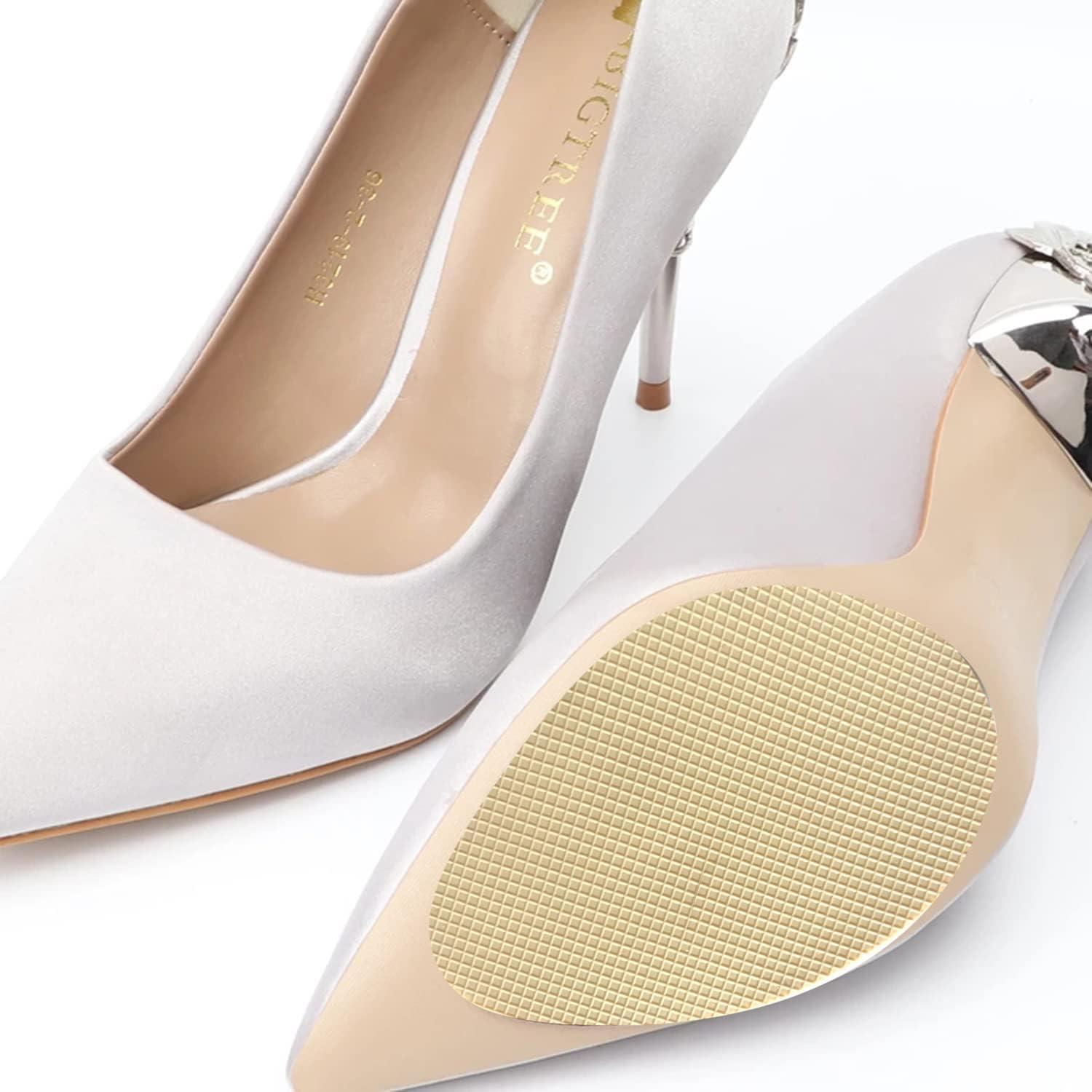
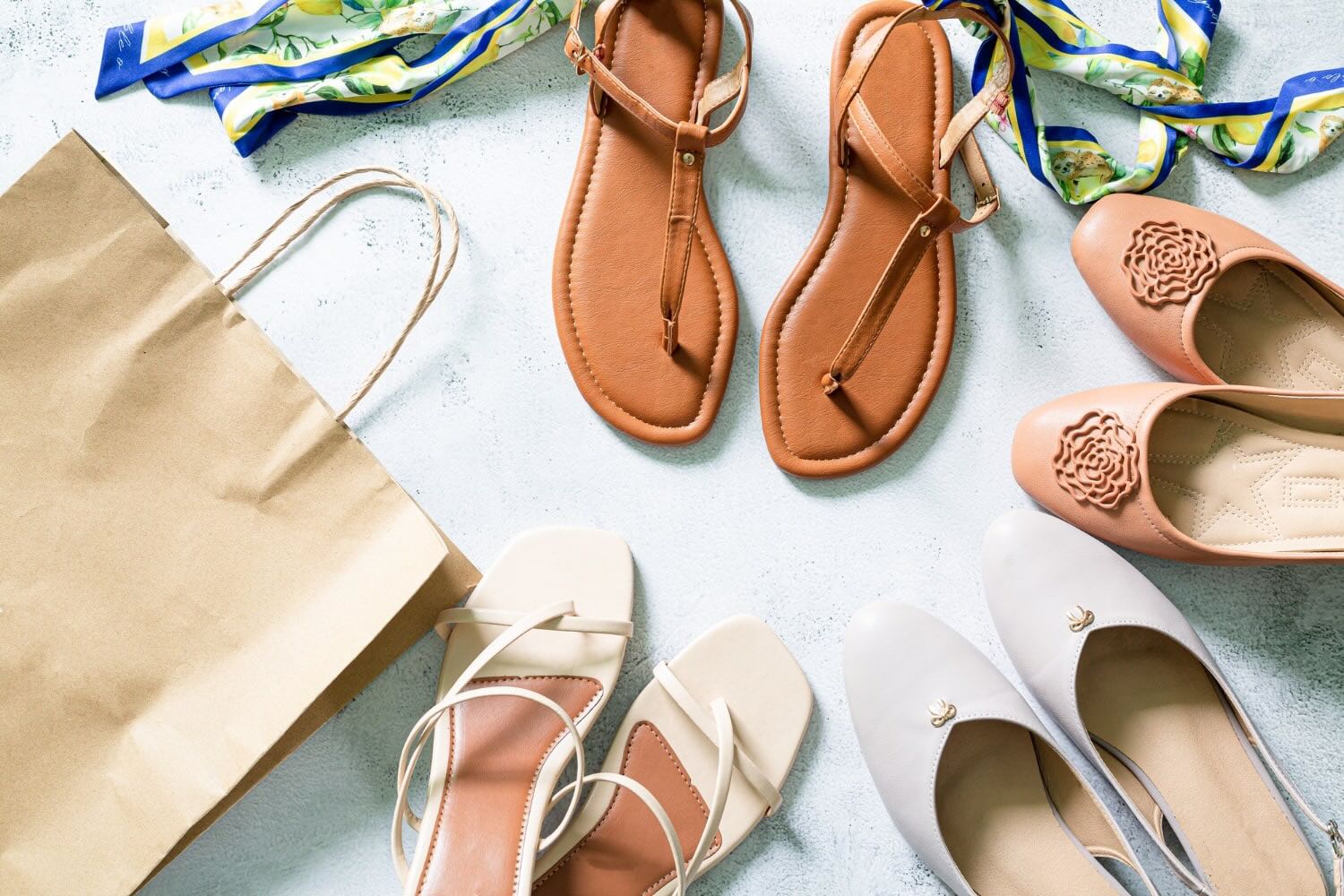
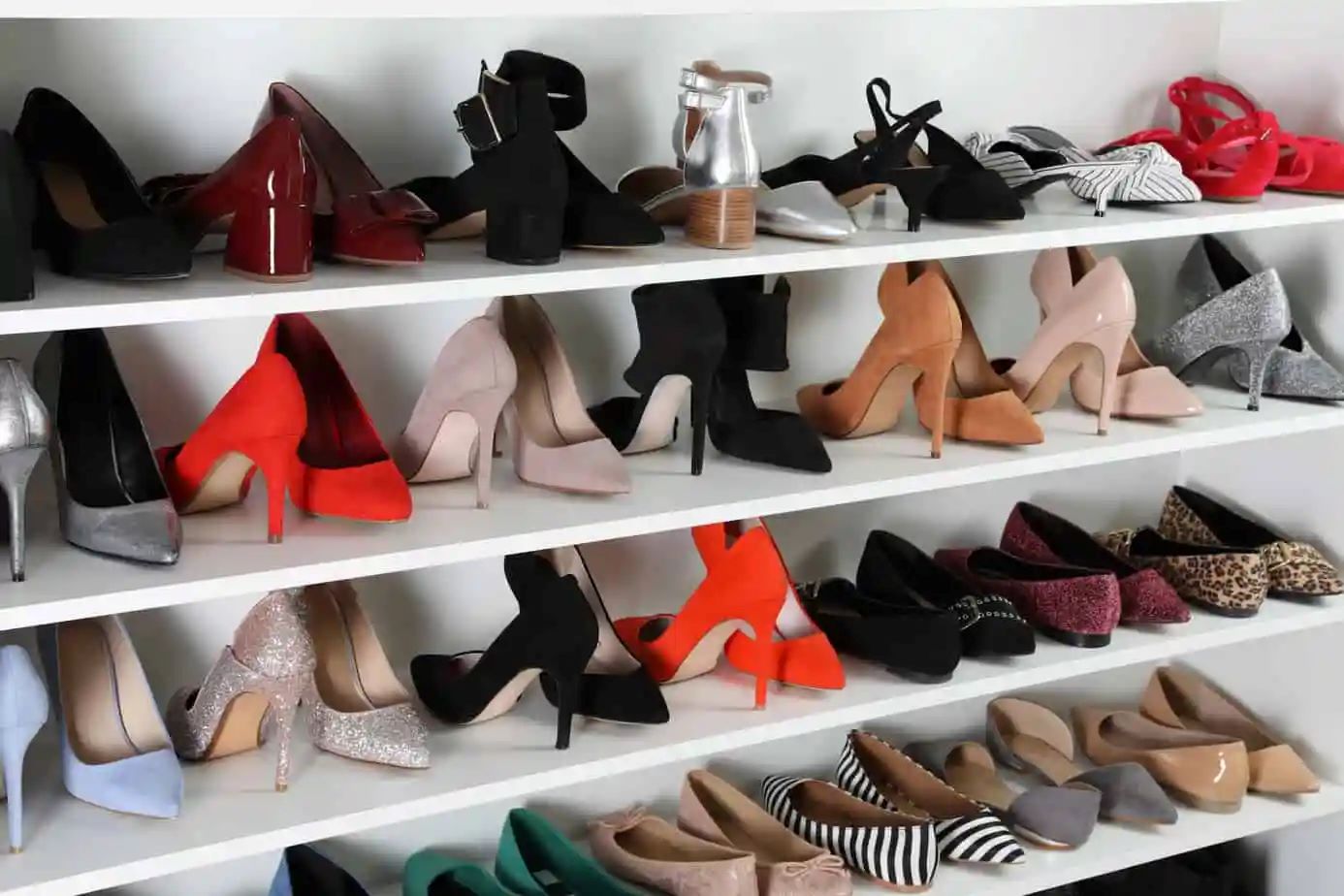
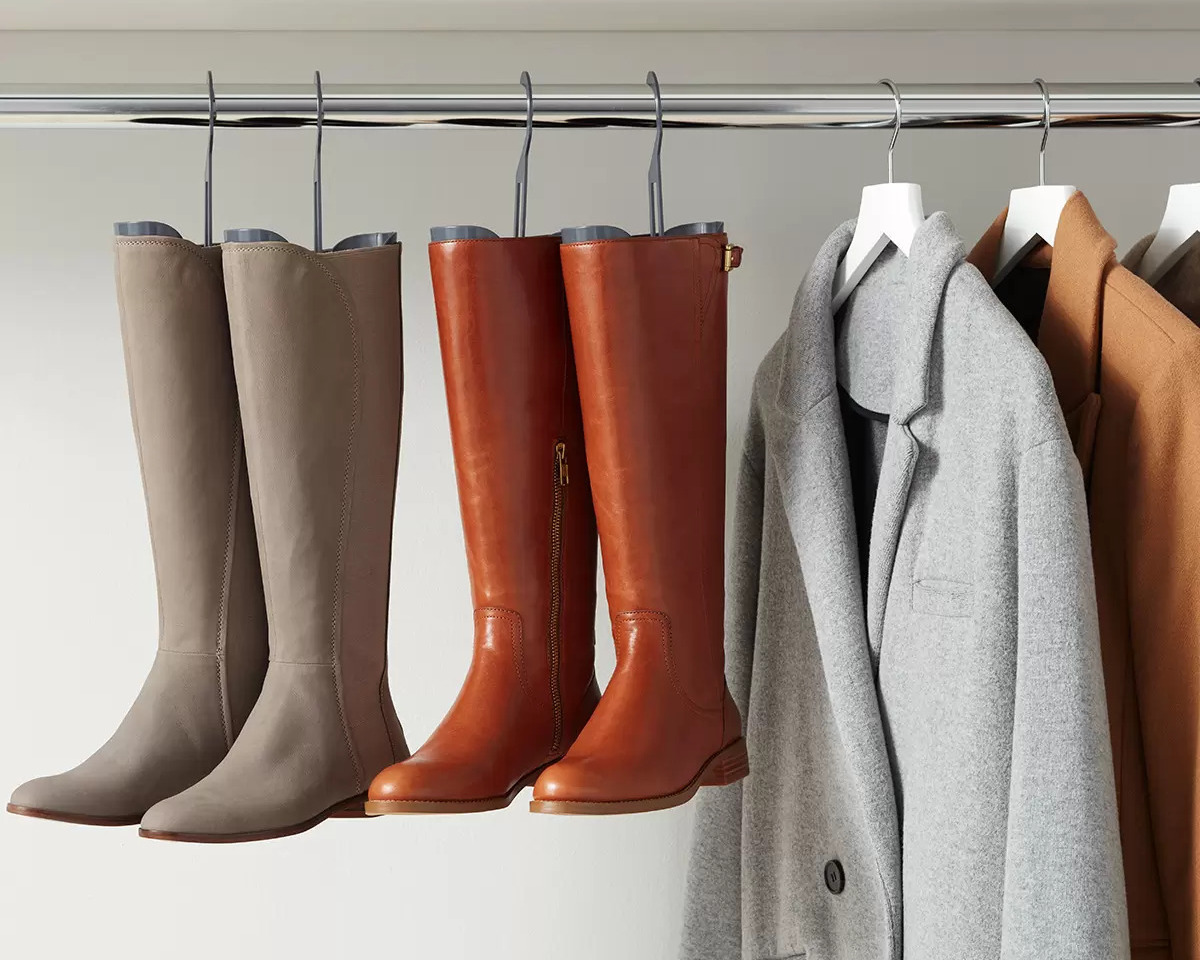
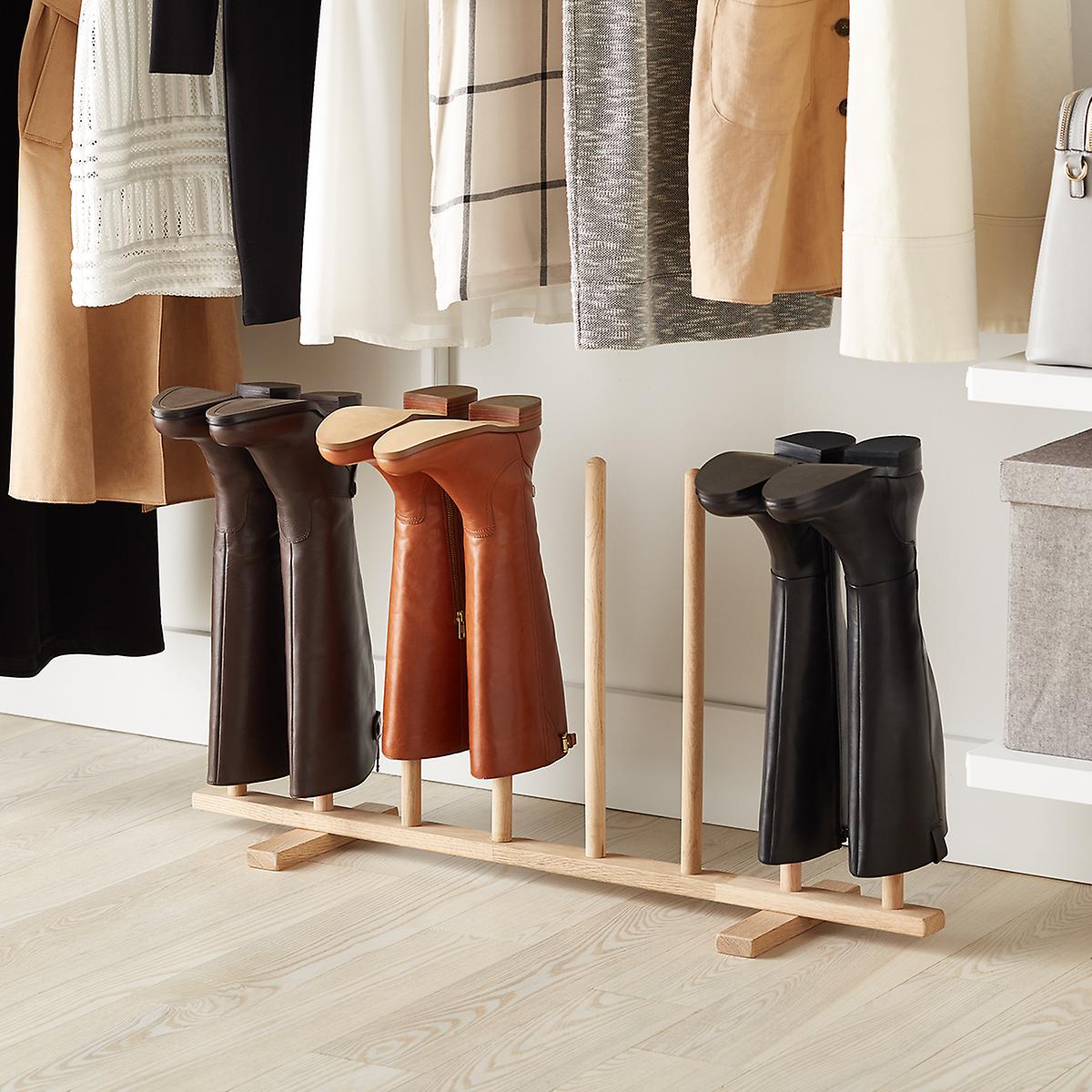
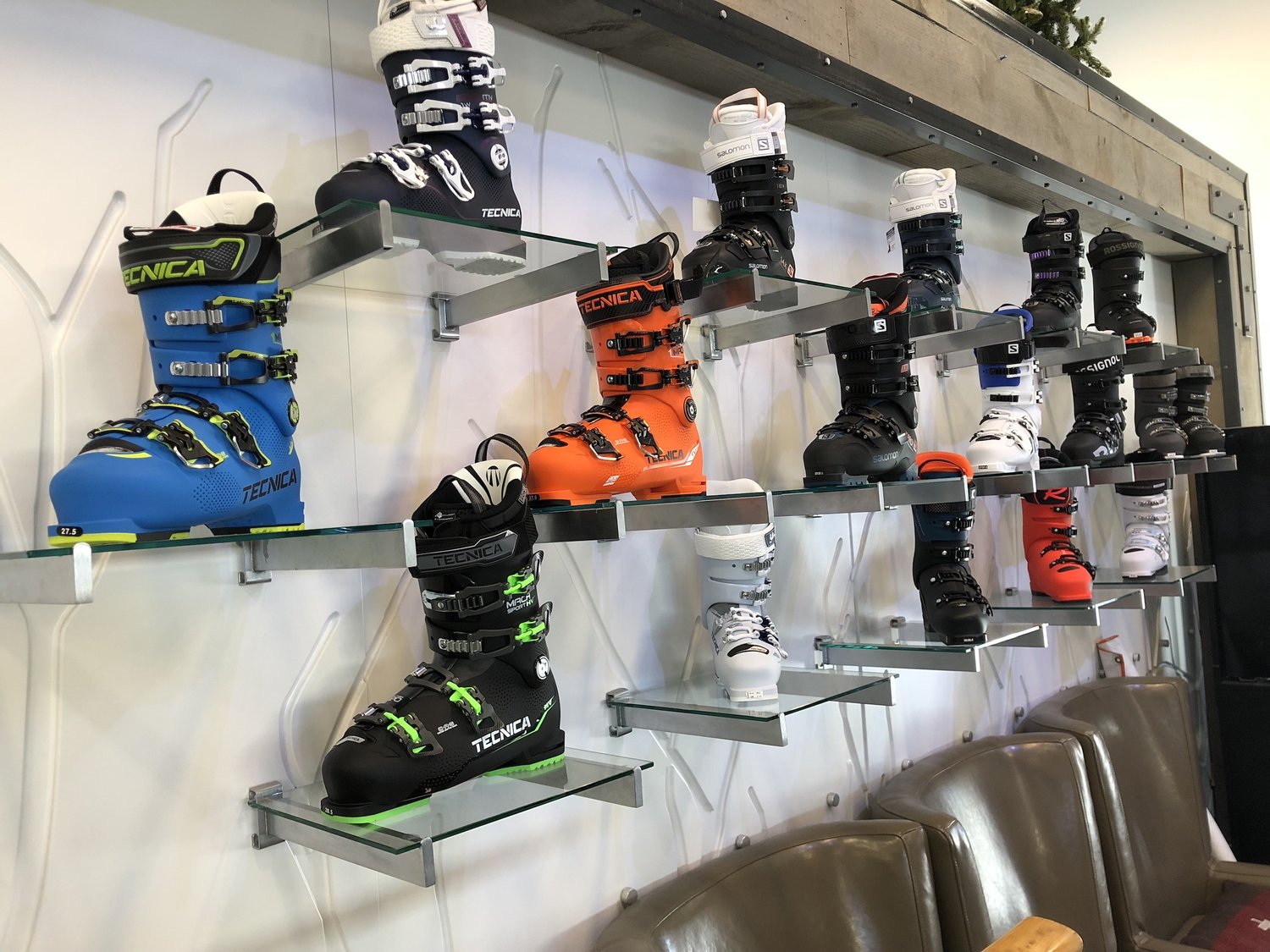
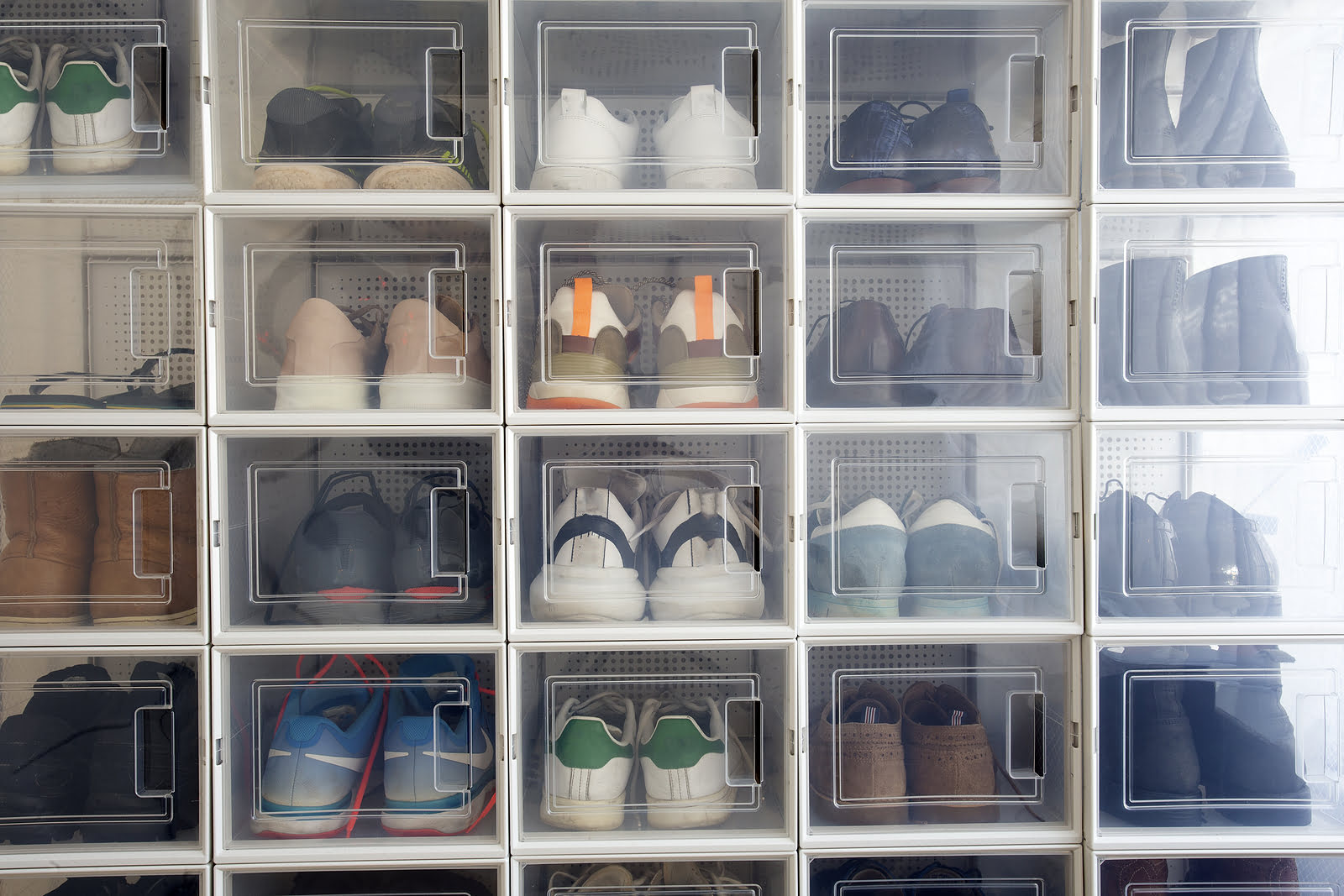
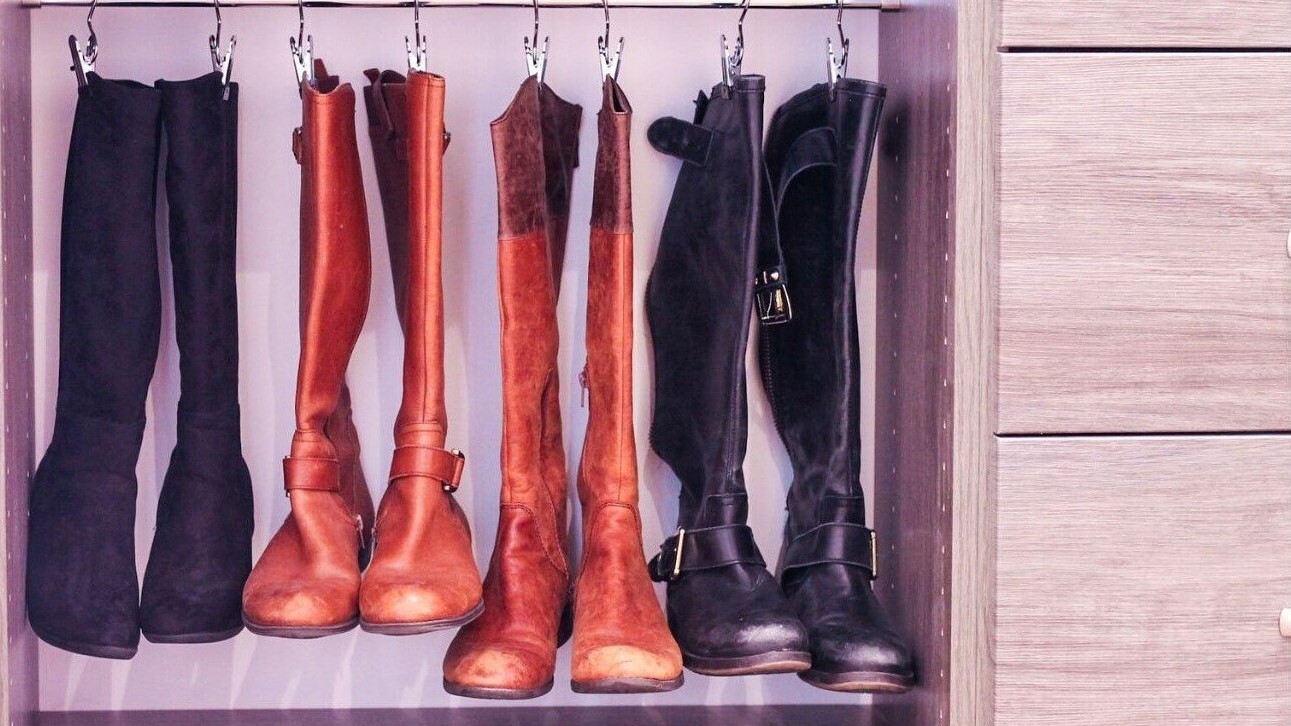
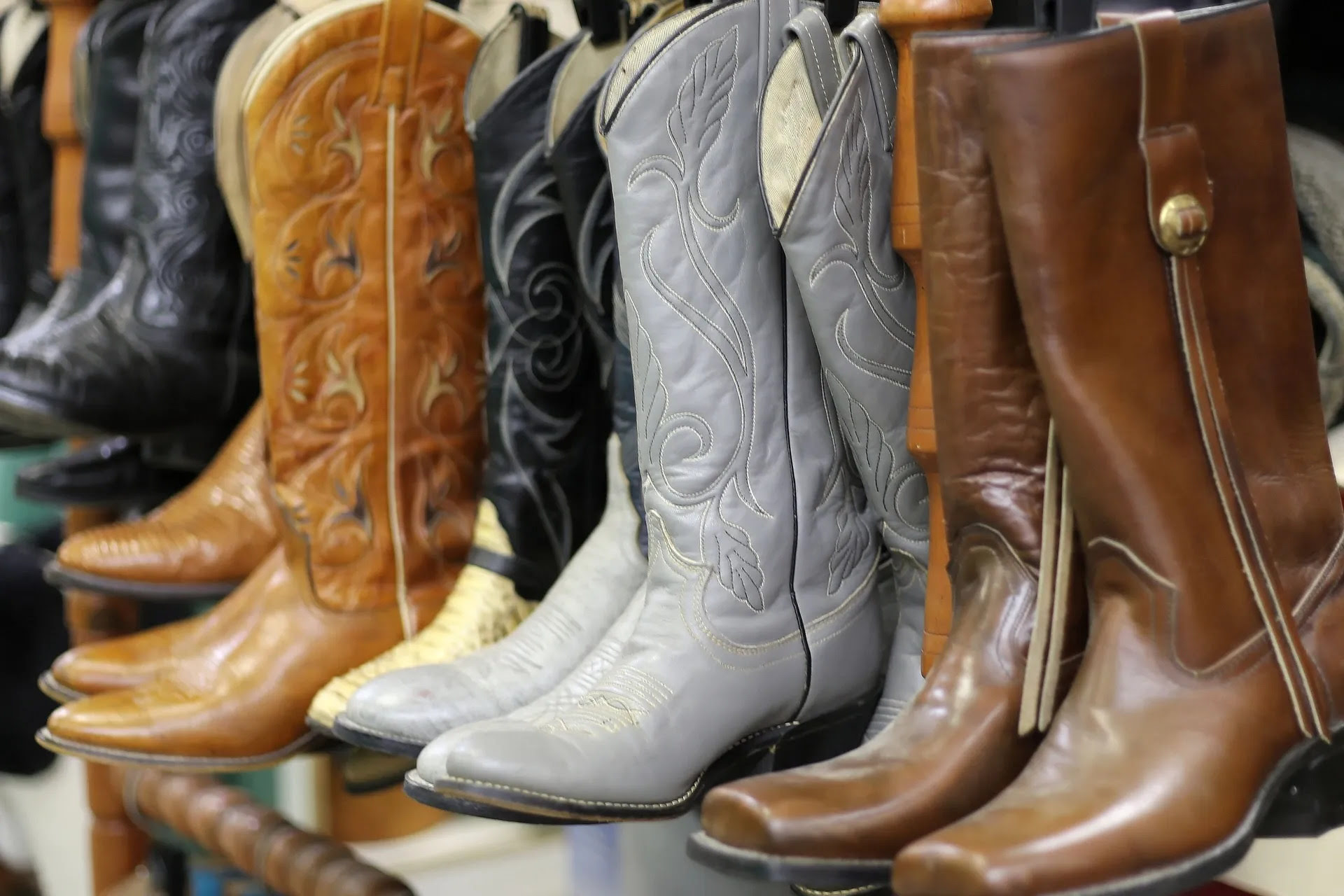
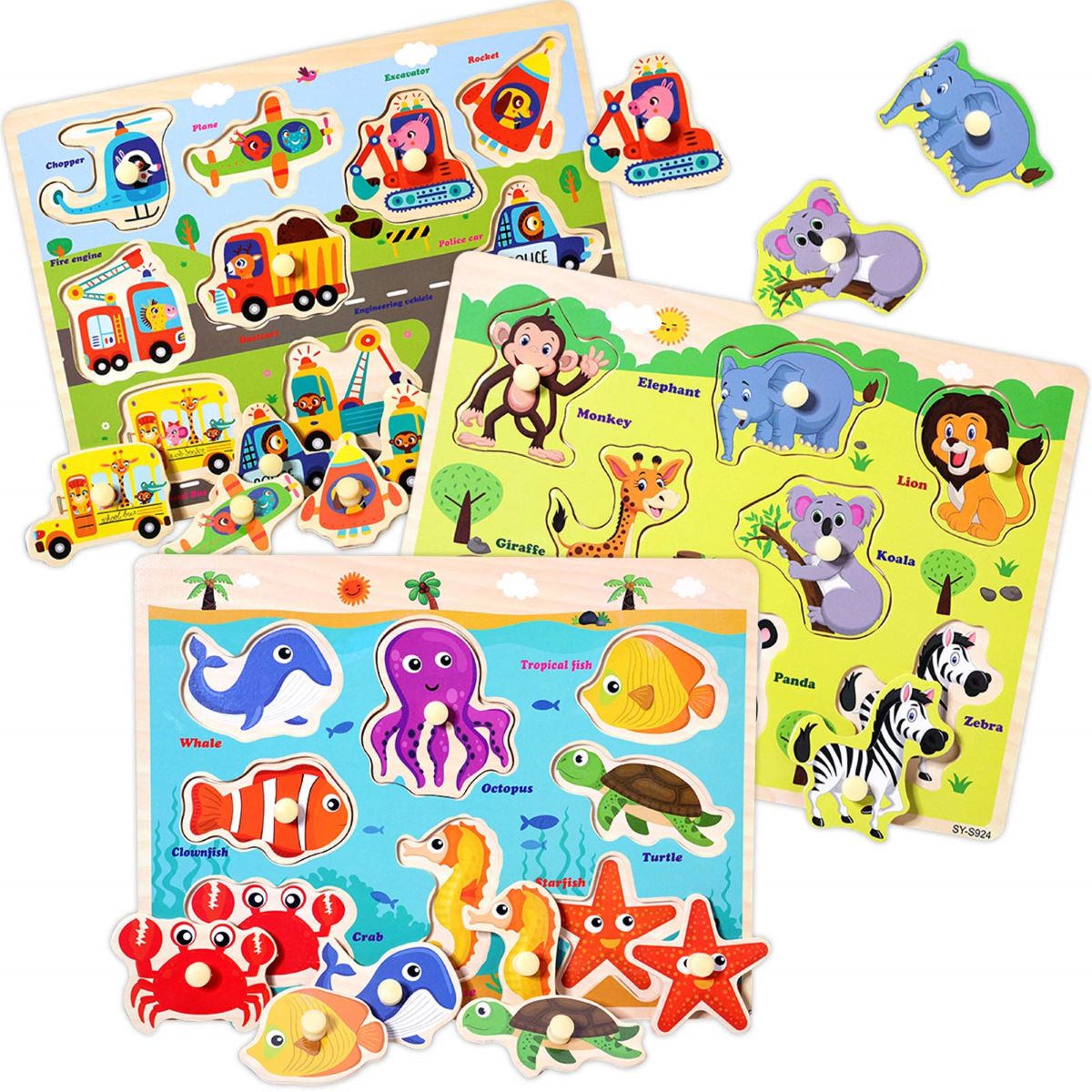
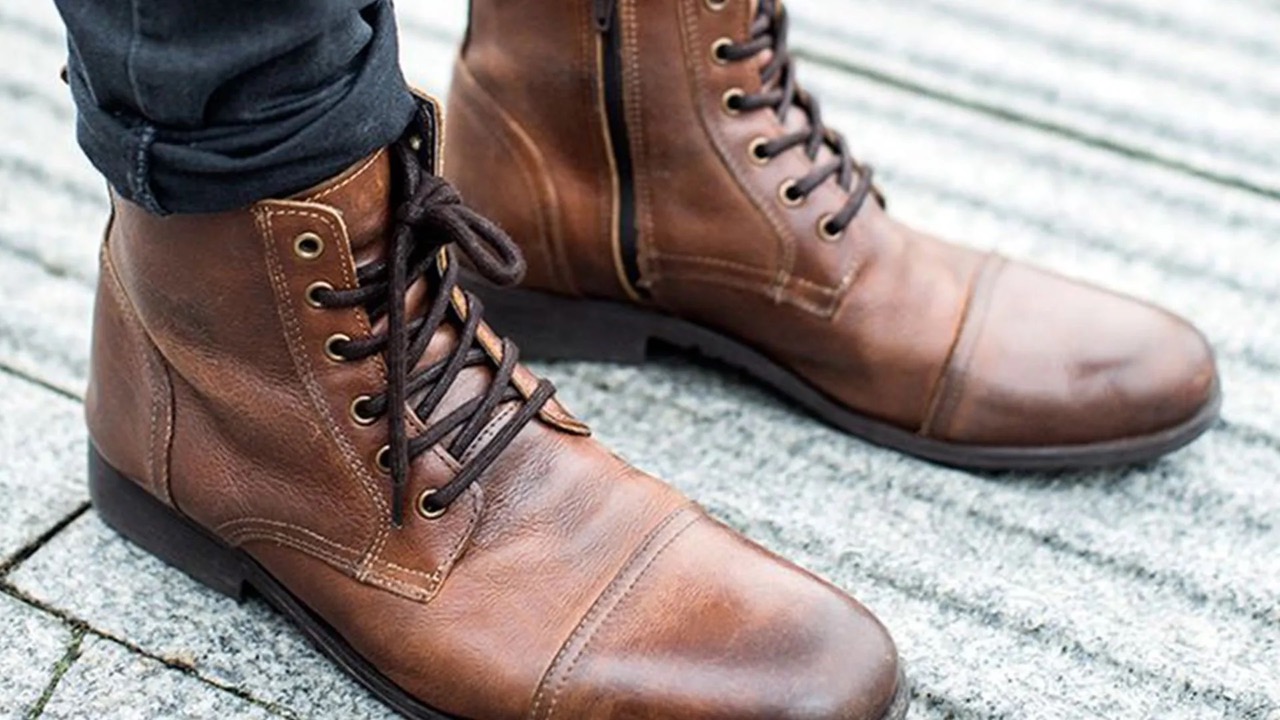
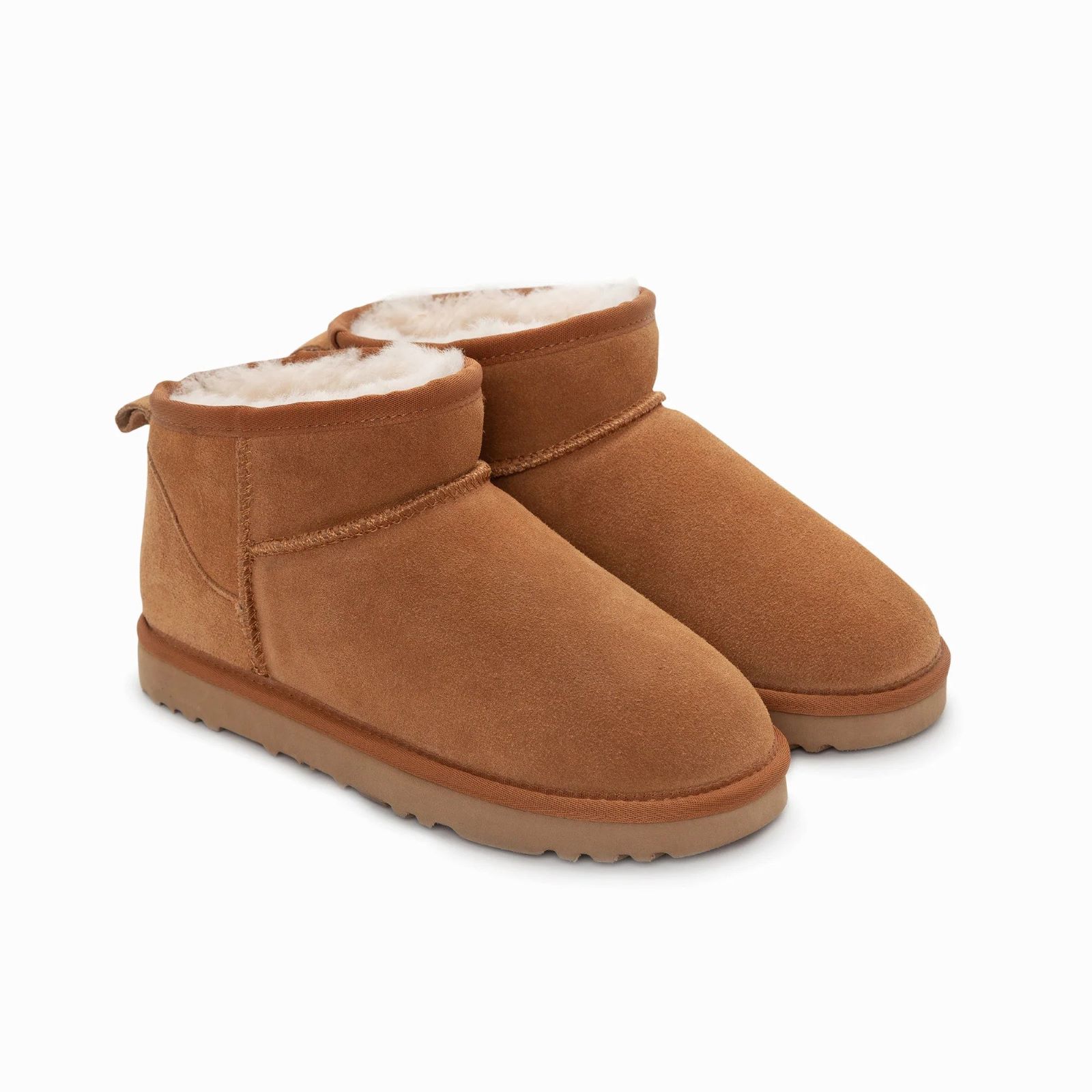
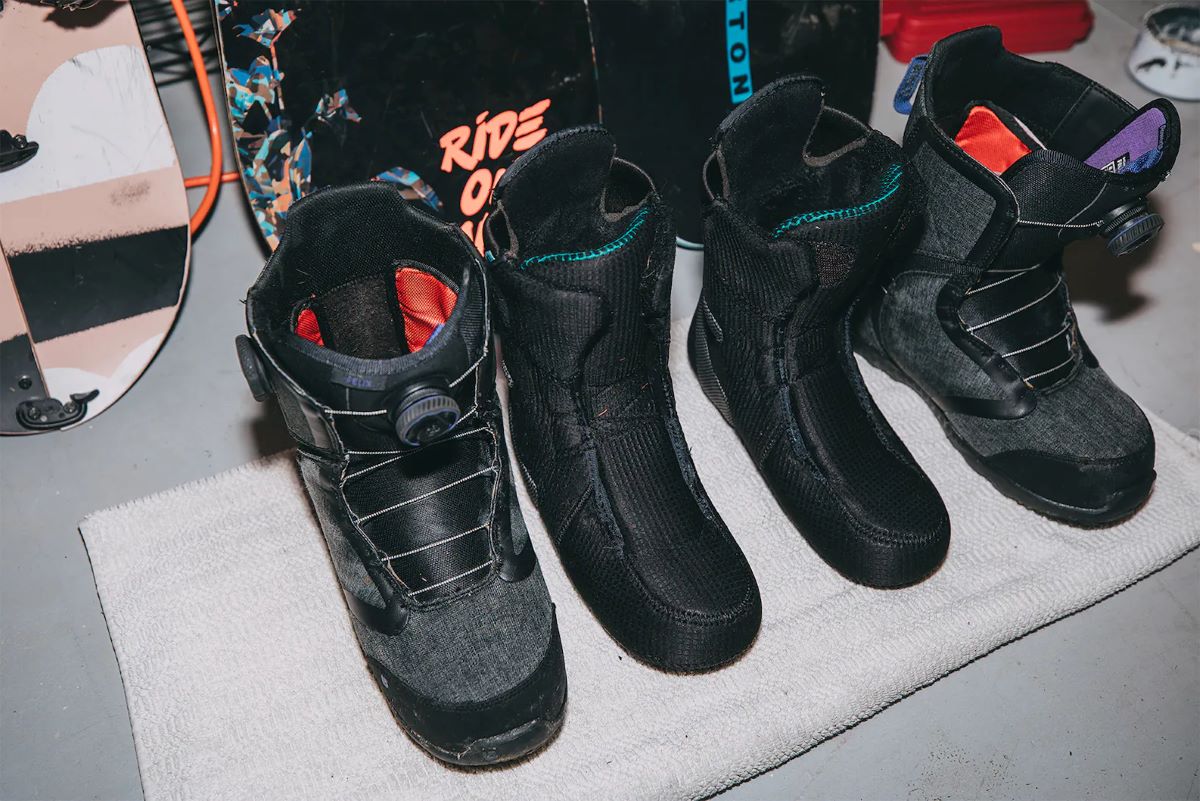
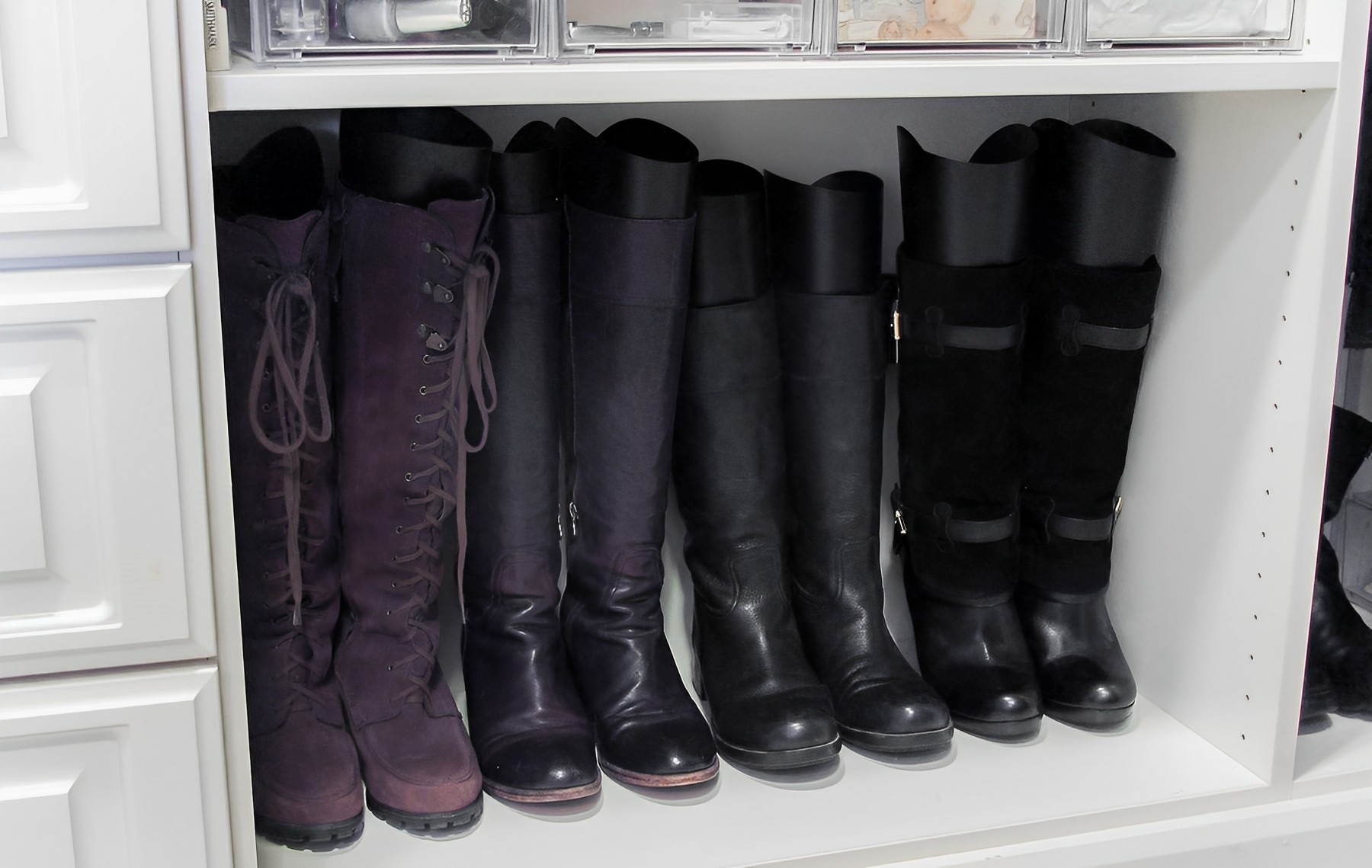

0 thoughts on “How To Store Toddler Shoes”